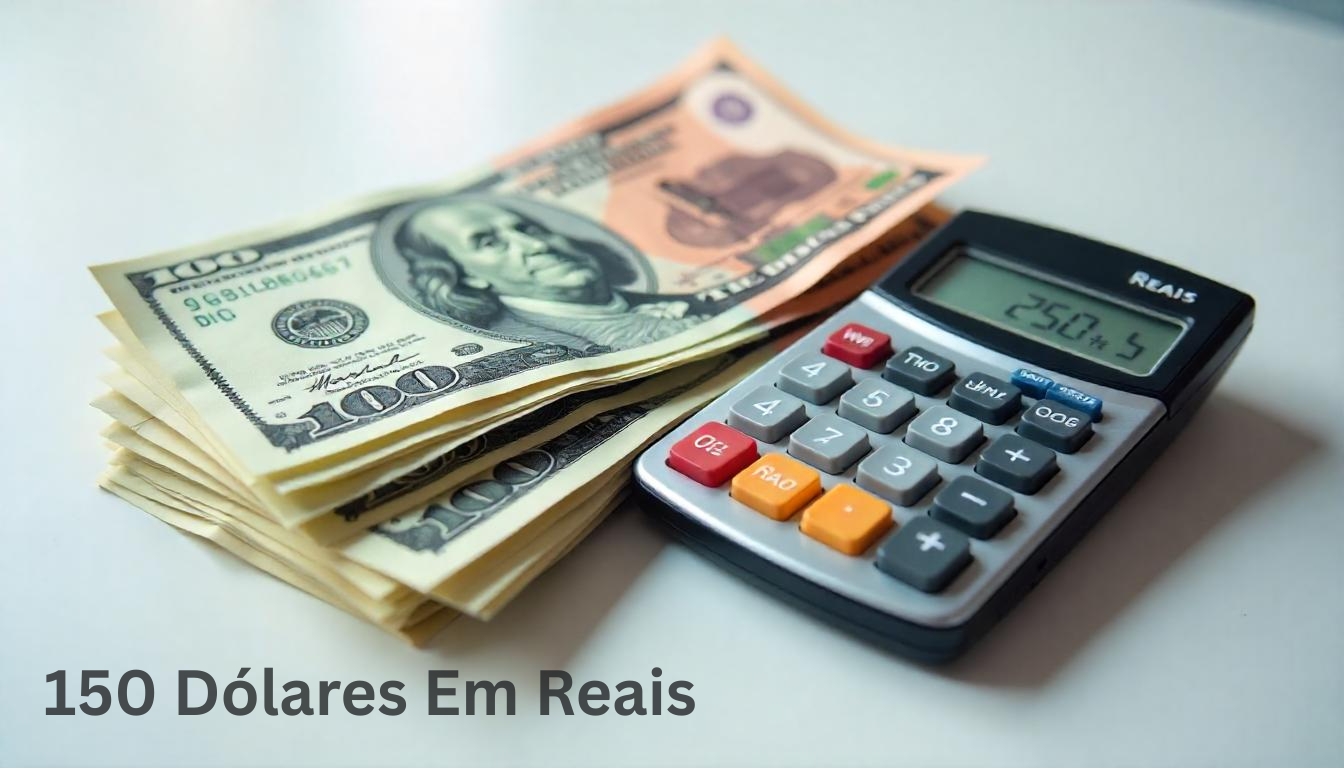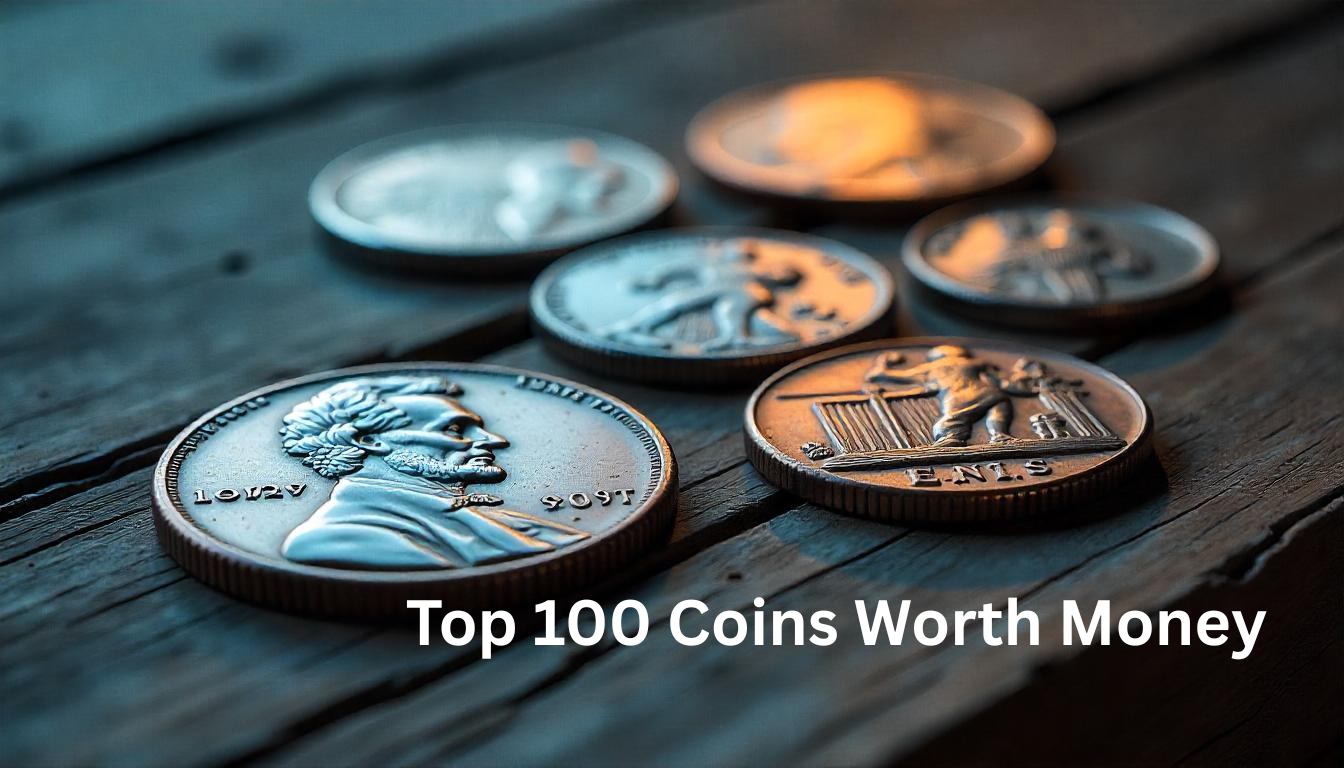The world of cryptocurrency is full of jargon that can be overwhelming for newcomers. One term that has gained traction recently is FDV, or Fully Diluted Valuation. But what is FDV in crypto, and why should you care about it? If you’re an investor or simply curious about the market, understanding this term is crucial for making informed decisions.
In this article, we’ll break down what FDV means, how it works, and why it’s a key metric in evaluating cryptocurrencies. We’ll also explore real-world examples to help you understand how to interpret FDV when assessing a coin’s market potential.
How is FDV Calculated?
The formula for FDV is fairly straightforward:
FDV=Total Supply of Tokens×Current Token Price\text{FDV} = \text{Total Supply of Tokens} \times \text{Current Token Price}
For example, let’s say a crypto project has a total supply of 1 billion tokens, and the current price per token is $0.10. The FDV would be:
FDV=1,000,000,000×0.10=100,000,000FDV = 1,000,000,000 \times 0.10 = 100,000,000
FDV vs. Market Cap: What’s the Difference?
Many people confuse FDV with market cap, but they are not the same thing. While both metrics provide insight into a cryptocurrency’s overall valuation, they measure different things.

- Market Cap refers to the current total value of all coins in circulation. It is calculated by multiplying the circulating supply of a cryptocurrency by its current market price.
Market Cap=Circulating Supply of Tokens×Current Token Price\text{Market Cap} = \text{Circulating Supply of Tokens} \times \text{Current Token Price} - FDV refers to the total potential value of the cryptocurrency if all tokens were in circulation, including those not yet available.
To illustrate the difference, let’s say that a cryptocurrency has a circulating supply of 500 million tokens, and each token is priced at $0.20. Its market cap would be:
Market Cap=500,000,000×0.20=100,000,000\text{Market Cap} = 500,000,000 \times 0.20 = 100,000,000
But if the total supply is 1 billion tokens (not all of which are in circulation yet), the FDV would be:
FDV=1,000,000,000×0.20=200,000,000FDV = 1,000,000,000 \times 0.20 = 200,000,000
So, even though the market cap and FDV both represent the total valuation, FDV is a more speculative measure that considers the full future supply.
Why Should You Care About FDV?
Understanding FDV is essential for making informed investment decisions. Here are some reasons why:
- Long-Term Perspective: FDV helps investors understand a project’s potential in the long run. A cryptocurrency with a high FDV may be priced low now, but once all tokens are released, the price could be affected by the increased supply.
- Token Distribution: FDV can reveal important details about how a cryptocurrency is distributed. For example, if a large portion of the tokens is still locked, it could signal that the project team or developers will have significant control over the currency for a long time.
- Risk Assessment: Projects with a high FDV relative to their market cap may be overvalued, as much of the total value is still tied up in tokens that have yet to be released. This can create risks, especially if the market price doesn’t increase proportionally with the release of new tokens.
- Growth Potential: FDV can also highlight the growth potential of a cryptocurrency. If a project’s FDV is much higher than its current market cap, it could suggest that the market is undervaluing the coin, assuming that the project will eventually reach full token distribution.
FDV in Real-World Crypto Projects
Let’s look at how FDV can play out with real-world examples.
Example 1: Bitcoin (BTC)
Bitcoin is often cited as the best-known cryptocurrency. It has a fixed total supply of 21 million coins. With its current price hovering around $27,000, we can calculate its FDV:
FDV=21,000,000×27,000=567,000,000,000\text{FDV} = 21,000,000 \times 27,000 = 567,000,000,000
This means that the fully diluted valuation of Bitcoin is around $567 billion, which is significantly higher than its current market cap.
Example 2: Ethereum (ETH)
Ethereum has an uncapped supply, meaning that new ETH tokens are created through mining and staking rewards. Ethereum’s FDV is constantly changing as the circulating supply increases.
As of writing, Ethereum’s price is approximately $1,800, with a circulating supply of 120 million ETH. Let’s assume that the total supply will be around 150 million ETH in the future:
FDV=150,000,000×1,800=270,000,000,000\text{FDV} = 150,000,000 \times 1,800 = 270,000,000,000
The FDV of Ethereum, once fully diluted, would be approximately $270 billion.
Example 3: A Newer DeFi Project
How to Use FDV for Investment Decisions
When evaluating a cryptocurrency, it’s important to consider both the market cap and FDV. Here are some key points to keep in mind:
- Undervalued Projects: If a project has a low market cap compared to its FDV, it might be undervalued and present an opportunity for growth.
- Overvalued Projects: A high FDV can indicate that the project is overvalued, especially if there is a large supply of tokens still to be released. Be cautious of projects where the circulating supply is much smaller than the total supply.
- Token Vesting: Check the token vesting schedule to understand when and how tokens will be released into circulation. A large number of tokens entering circulation at once could lead to price volatility.

Frequently Asked Questions
What does FDV stand for in cryptocurrency?
FDV stands for Fully Diluted Valuation. It represents the total value of a cryptocurrency if all tokens in the supply were in circulation.
How is FDV calculated?
FDV is calculated by multiplying the total supply of a cryptocurrency by the current price of each token. The formula looks like this:
FDV = Total Supply of Tokens × Current Token Price.
What is the difference between FDV and market cap?
While both FDV and market cap provide insights into a cryptocurrency’s value, they measure different things. Market cap is based on the circulating supply of tokens, while FDV considers the entire supply of tokens that could eventually be in circulation.
Why is FDV important in crypto investing?
FDV helps investors understand the long-term potential of a cryptocurrency by showing how much the market could be worth if all tokens were released. It can help identify whether a cryptocurrency is undervalued or overvalued in comparison to its current market cap.
How does FDV affect the price of a cryptocurrency?
A high FDV compared to market cap may indicate that the cryptocurrency has a lot of tokens left to be released, which could impact the price once those tokens enter circulation. This potential increase in supply can put downward pressure on the price.
Can FDV change over time?
Yes, FDV can change over time as more tokens are released into circulation or as the price of the cryptocurrency fluctuates.
Is FDV a reliable metric for assessing a crypto project?
FDV is a useful metric, but it should not be relied upon in isolation. It is important to also consider other factors like market cap, the project’s utility, team, and overall market conditions when evaluating a cryptocurrency.
What is a healthy FDV for a cryptocurrency?
There’s no fixed value for a “healthy” FDV, as it depends on the project’s goals, tokenomics, and market context. However, projects with a very high FDV compared to their current market cap might face risks related to token inflation and price volatility.
What happens if a project’s FDV is much higher than its market cap?
If FDV is significantly higher than the market cap, it could signal that the project’s full token supply is not yet in circulation, and the market might be undervaluing the asset. However, it could also indicate that the project is still in its early stages, and investors should proceed cautiously.
Conclusion
Understanding what FDV in crypto represents is critical for making sound investment decisions. FDV gives you a snapshot of a project’s future market potential, accounting for all tokens that may enter circulation down the line. Before jumping into a crypto investment, make sure to do your research, assess the FDV, and weigh it against other important factors like tokenomics, project team, and community support. The more informed you are, the better equipped you’ll be to navigate the exciting but volatile world of cryptocurrency.
Ready to dive deeper into the crypto market? Stay updated, track FDV, and always do your due diligence before making your next investment decision.






